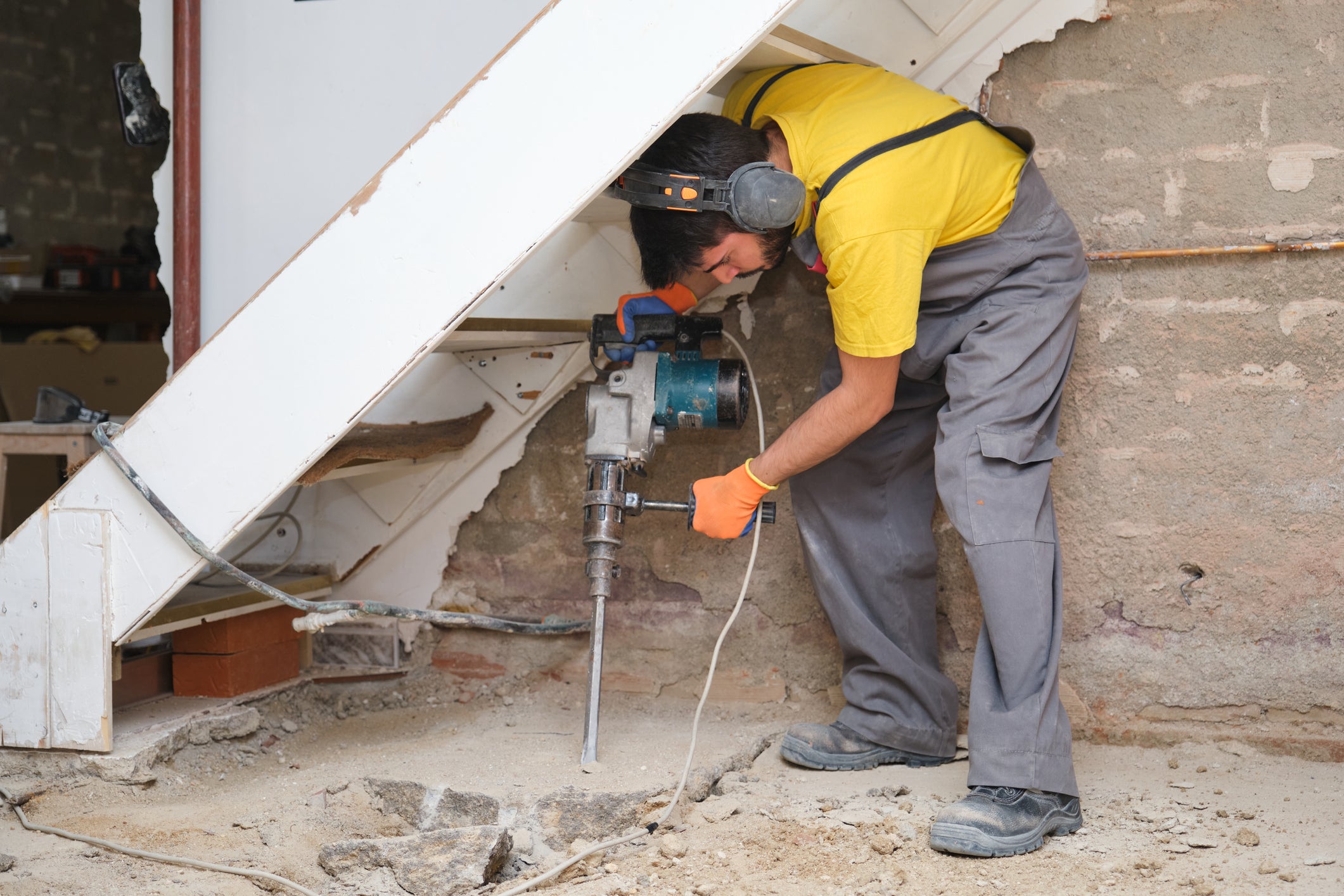In a world filled with industrial clamor and cacophonous environments, protecting your hearing is paramount. The Noise Reduction Rating (NRR) serves as a crucial metric in determining the effectiveness of hearing protection devices. Let's unravel the intricacies of NRR, exploring what it is, how it's measured, and why it's vital for safeguarding your auditory well-being.
What is Noise Reduction Rating (NRR)?
Quantifying Sound Protection
Noise Reduction Rating (NRR) is a numerical rating that quantifies the effectiveness of hearing protection devices, such as earplugs and earmuffs, in reducing the exposure to potentially harmful noise levels. Expressed in decibels (dB), the NRR indicates the maximum amount of noise reduction a given device can provide in ideal conditions.
How is NRR Measured?
Deciphering the Numbers
The NRR is determined through controlled laboratory testing in accordance with standards established by organizations like the American National Standards Institute (ANSI) or the Environmental Protection Agency (EPA). The testing involves fitting individuals with the hearing protection device and exposing them to a range of frequencies in a controlled sound environment.
The measured noise reduction values are then used to calculate the NRR. However, it's crucial to note that real-world conditions may differ from the laboratory setting, and users are advised to consider a safety margin when relying on the NRR for practical applications.
Choosing the Right Hearing Protection: Considerations
Factors Beyond the Numbers
-
Fit and Comfort: The effectiveness of hearing protection is contingent on proper fit. An improperly fitted device may not provide the full rated protection. Users should follow manufacturer guidelines on fitting and wear.
-
Noise Variability: The NRR assumes a constant noise level, but real-world environments often involve variable noise levels. In such cases, it's prudent to factor in a safety margin when selecting hearing protection.
-
Duration of Exposure: The NRR is more accurate for short-duration exposure. For prolonged exposure to noise, it is recommended to consider a safety margin when calculating the effective protection.
Why is NRR Important?
Preserving Your Auditory Health
-
Preventing Hearing Damage: Exposure to high levels of noise can lead to permanent hearing damage or loss. NRR helps users choose appropriate hearing protection to reduce the risk of such damage.
-
Occupational Safety Compliance: In various industries, adherence to occupational safety regulations often requires the use of hearing protection. NRR serves as a guide for employers and employees to select compliant devices.
-
Customizing Protection: Different environments and tasks necessitate varying levels of protection. NRR enables individuals to tailor their choice of hearing protection based on the noise levels they are exposed to.
Conclusion: Guarding Against Auditory Perils
As you navigate a world filled with auditory challenges, understanding the Noise Reduction Rating becomes a crucial aspect of your safety toolkit. Whether in the workplace, at concerts, or during recreational activities, the right hearing protection can make a significant difference in preserving your auditory health.
FAQs (Frequently Asked Questions)
-
What NRR should I look for in hearing protection?
- The appropriate NRR depends on the noise levels you are exposed to. Higher NRR values indicate greater noise reduction. However, it's essential to consider factors such as fit, comfort, and the variability of noise in your environment.
-
How is NRR different from dB (decibels)?
- NRR is a rating that indicates the potential noise reduction provided by a hearing protection device. Decibels (dB) measure the intensity of sound. While NRR is expressed in dB, it is not a direct measure of the sound level but rather the reduction achieved by the hearing protection.
-
Can I add NRR values together for dual protection, such as using earplugs and earmuffs simultaneously?
- Adding NRR values together is not a straightforward method for dual protection. The actual combined protection is typically less than the sum of the individual NRR values. Consult with safety professionals or use tools provided by regulatory bodies for more accurate calculations.
-
What is a good safety margin to consider when using NRR?
- A safety margin of 5-10 dB is often recommended when relying on NRR for practical applications. This accounts for variability in real-world conditions, ensuring a higher level of protection in diverse environments.
-
Are there situations where NRR may not be sufficient for hearing protection?
- Yes, in some cases, additional factors such as impulse noise or extremely high noise levels may require specialized hearing protection beyond what the NRR provides. Consulting with safety experts or audiologists can help determine the most suitable protection for specific situations.

